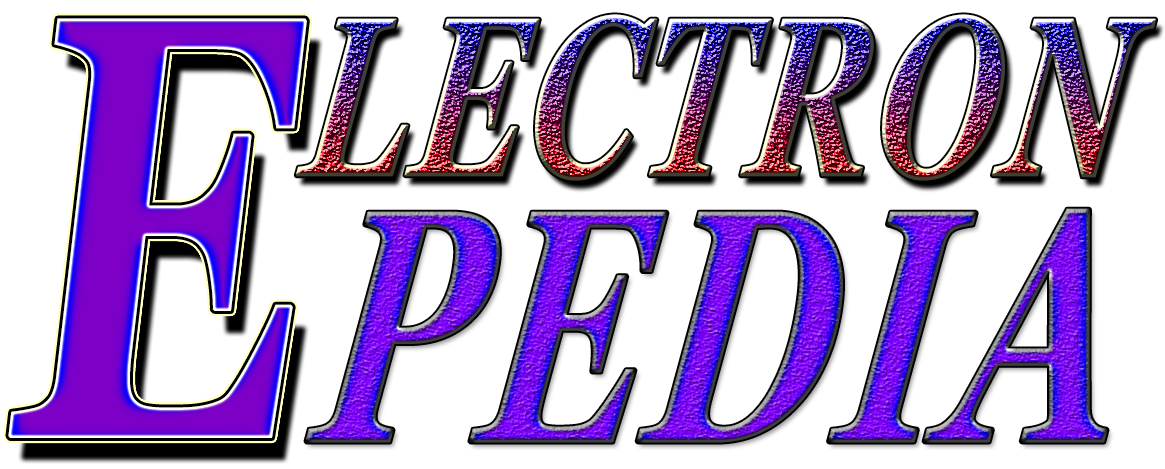If you’re looking to streamline your supply chain management and boost efficiency for your business, implementing a Corporate Vertical Marketing System (CVMS) might be just what you need. A CVMS is a type of vertical marketing system that involves the coordination of various distribution channels, all under the control of a single corporate entity. The purpose of a CVMS is to enhance supply chain efficiency, which can lead to cost savings and increased profits.
In this article, we’ll dive into the fundamentals of a Corporate Vertical Marketing System, exploring how it functions within the context of supply chain management. We’ll then highlight the numerous benefits businesses can enjoy by implementing a CVMS, including gaining a competitive advantage and increased efficiency. Lastly, we will provide insights on the best practices for optimizing a Corporate vertical marketing system, including supply chain optimization and continuous improvement strategies.
Understanding the Corporate Vertical Marketing System
Contents
- 1 Understanding the Corporate Vertical Marketing System
- 2 Benefits of Implementing a Corporate Vertical Marketing System
- 3 Best Practices for Optimizing a Corporate Vertical Marketing System
- 4 1. Conduct Regular Supply Chain Audits
- 5 2. Adopt Supply Chain Optimization Tools
- 6 3. Implement Continuous Improvement Strategies
- 7 4. Cultivate a Culture of Collaboration
- 8 5. Stay Up-to-Date with Industry Trends
The Corporate Vertical Marketing System (CVMS) is a complex system that helps businesses streamline their supply chain management process. Essentially, a CVMS involves the integration of a company’s various distribution channels into a single, unified system. This integration enables a company to work more efficiently and effectively while also improving its overall competitive advantage in the marketplace.
One of the key components of a CVMS is the establishment of strong relationships between the various companies within a supply chain. These relationships help to ensure that products move smoothly from one stage of the process to another, minimizing delays, errors, and other inefficiencies.
Another important aspect of a CVMS is its focus on optimizing distribution channels. By carefully evaluating the various channels through which products are moved, businesses can identify areas where they can improve their operational efficiency. This can lead to better inventory management, reduced costs, and faster delivery times, all of which can help a company maintain its competitive edge.
In summary, the Corporate Vertical Marketing System is an essential tool that enables businesses to optimize their supply chain management processes. By integrating various distribution channels into a single, unified system, businesses can improve their efficiency, reduce costs, and gain a competitive advantage in the marketplace.
Benefits of Implementing a Corporate Vertical Marketing System
A Corporate Vertical Marketing System can provide numerous benefits for businesses. One of the most significant advantages is an increase in efficiency. By streamlining supply chain management and optimizing distribution channels, companies can save time and resources, leading to improved productivity.
Another benefit of implementing a CVMS is gaining a competitive advantage. With greater efficiency and better control over the supply chain, businesses can respond more quickly to market trends and consumer demand. This can give them an edge over competitors who are slower to adapt to changing conditions.
Additionally, a CVMS can help to improve communication and collaboration between different departments and stakeholders. By aligning everyone’s efforts towards a common goal, businesses can achieve greater cohesion and effectiveness overall.
Overall, adopting a Corporate Vertical Marketing System can be a strategic move for businesses looking to stay ahead of the curve and maximize their efficiency and competitiveness in the market.
Best Practices for Optimizing a Corporate Vertical Marketing System
Once a Corporate Vertical Marketing System (CVMS) has been implemented, it’s essential to continuously optimize it to ensure maximum efficiency. Below are some best practices for optimizing a CVMS:
1. Conduct Regular Supply Chain Audits
Conducting regular supply chain audits can help identify areas that need improvement. Analyze the entire supply chain, from sourcing to delivery, to pinpoint bottlenecks, inefficiencies, and pain points. This data can help inform future optimization strategies and continuous improvement efforts, helping the CVMS to function more effectively.
2. Adopt Supply Chain Optimization Tools
Several tools and software are available that can help optimize supply chain management, such as inventory management software, transportation management systems, and procurement tools. Adopting these technologies can help streamline the supply chain, reduce costs, and enhance overall efficiency.
3. Implement Continuous Improvement Strategies
Continuous improvement is essential for any CVMS. Always seek ways to improve the system, whether it’s through enhancing communication channels, reducing waste, or increasing automation. Encourage feedback from all stakeholders and implement changes accordingly.
4. Cultivate a Culture of Collaboration
A CVMS relies heavily on collaboration between all parties involved in the supply chain. Encourage collaboration by fostering transparency and open communication channels. This can be done by sharing relevant data and metrics, holding regular meetings, and establishing clear expectations and responsibilities for all stakeholders.
5. Stay Up-to-Date with Industry Trends
The supply chain industry is constantly evolving, with new technologies, regulations, and best practices emerging regularly. Stay up-to-date with industry trends by attending conferences, reading industry publications, and networking with industry peers. This knowledge can inform future optimization strategies and ensure the CVMS remains competitive.
By following these best practices, a CVMS can be optimized to deliver maximum efficiency and effectiveness, leading to a sustainable competitive advantage.



